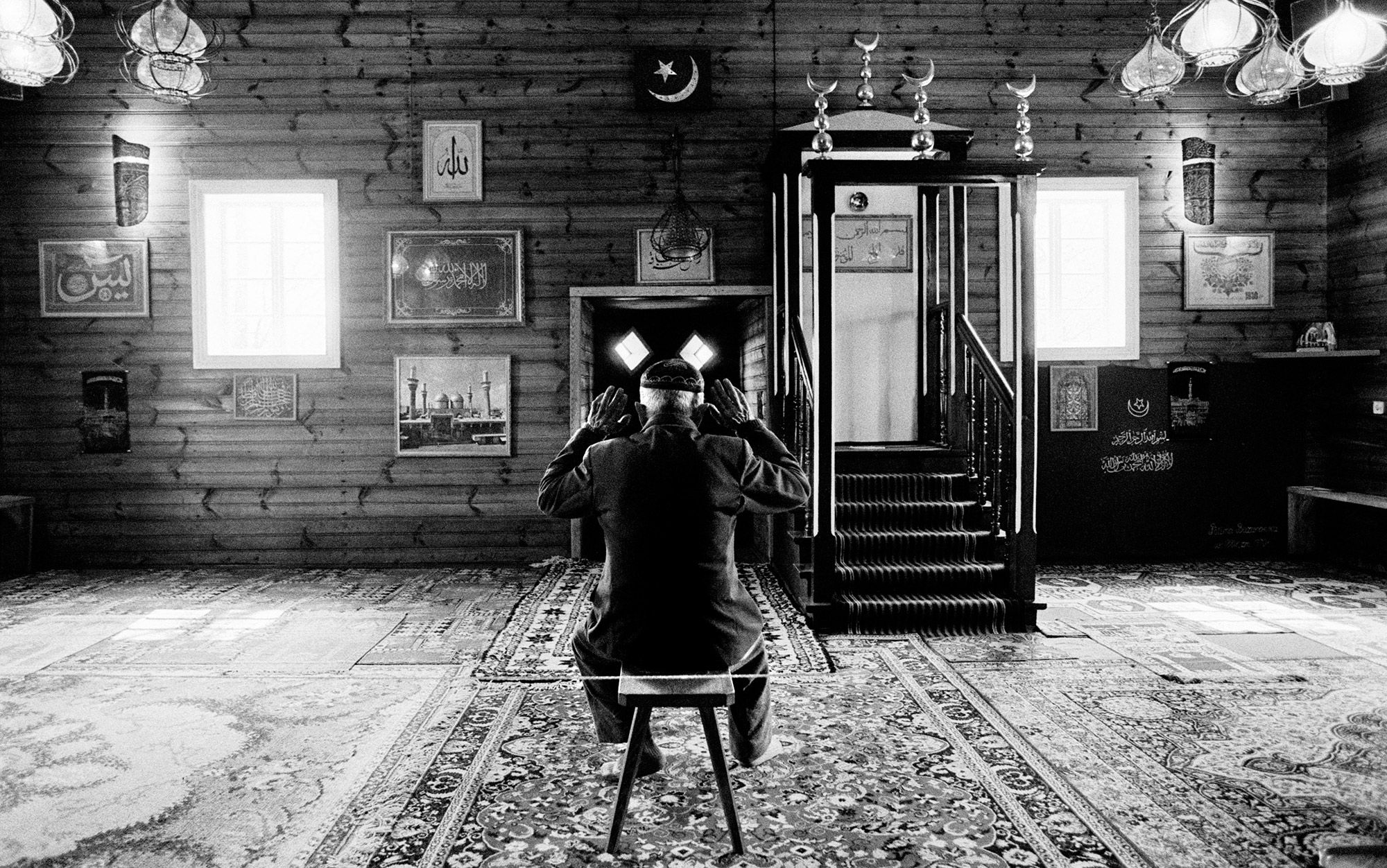


Mehmed II’s reference to military geography was based on the ancient literary sources.

This article focuses on the early phase of the Ottoman military architecture, especially on Mehmed II’s characteristic Kilid-ül Bahir around the Dardanelles and discusses how this fortification reached to its unique geometry in the fifteenth century. Employment of firearms technology resulted in the construction of geometric military strongholds at the strategic passages (Figs. Strongholds with firearms were to remain significant in the Ottoman frontier until the nineteenth century (Özgüven 2009). Previously, the Ottomans had arrived at the idea of placing the weapons on a certain geometrical structure ( havale) and here they employed tabor which affected later temporary structures in the scene of war (Anon 1987: 59–60, 68 Uyar and Erickson 2009). In the Battle of Varna (1443–44) Ottoman troops observed that the Hungarians had placed wheeled carts on the battleground in a circular arrangement to form a ready-made moveable fortress with firearms and light cannons placed in between the carts, an arrangement known as a tabor or Wagenburg (Fig. This had been practiced in the age of Murad II, Mehmed’s predecessor, during the siege in Hexamillion around Peloponnes (1438–39) where bronze cannons were produced directly on the site (Mehmet Neşri 1957: 633). Footnote 1 His siege strategy was accomplished by the support of nascent gunpowder technology. “There must exist only one emperor in the world, one faith and one kingdom.” Mehmed II (1432–1481) assured his status among the historical figures after his first great achievement, the conquest of Constantinople in 1453 (Thomas 1868: 11). It shows that fifteenth-century Ottoman military architecture follows a clear path where logical translation from firearms technology to the architecture can be observed. This article discusses how Kilid-ül Bahir and other fortifications arrived at their unique geometry in the fifteenth century by taking historical accounts and illustrations as documentary evidence. Fortifications in the third quarter of the fifteenth century were equipped with cannons and other firearms, and architecture as well was created according to the new technology. There existed various European experts and craftsmen in the Ottoman palace who also contributed to the Ottomans’ use of cannons. Sultan personally inspected firearms, from the foundry and ballistic calculations, to topographic position and related administration.

That Sultan Mehmed II employed large cannons effectively during the siege of Constantinople was reported by many eyewitnesses. The employment of firearms technology resulted in military strongholds at strategic passages. Strongholds with firearms remained significant in the Ottoman frontier from the fifteenth until the nineteenth century.


 0 kommentar(er)
0 kommentar(er)
